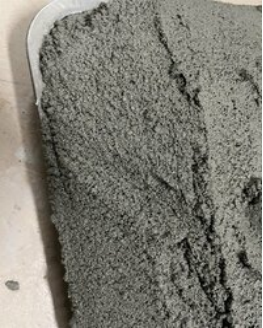Mortar admixtures have poor plasticity, which causes mortar hardly maintains its optimum state. Who can give me some directions about this?
When the machine has just finished mixing, the overall condition of the mortar looks good. After standing for 2 hours, the mortar began to loosen. I thought it was a problem with the retarder. I added retarder and cellulose ether, but nothing changed.
Besides cellulose ether, what other materials can thicken the viscosity and keep the mortar full? Please give me some advice. Thank you.

When the machine has just finished mixing, the overall condition of the mortar looks good. After standing for 2 hours, the mortar began to loosen. I thought it was a problem with the retarder. I added retarder and cellulose ether, but nothing changed.
Besides cellulose ether, what other materials can thicken the viscosity and keep the mortar full? Please give me some advice. Thank you.


